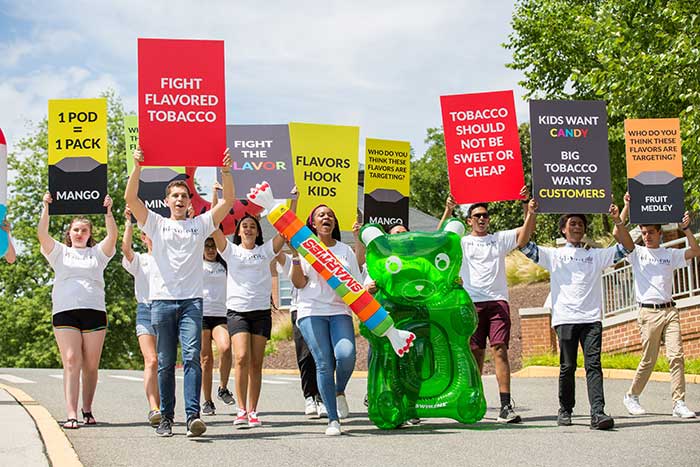
By Francis Allan L. Angelo
The World Health Organization (WHO) and STOP, a global tobacco industry watchdog, have unveiled a report titled “Hooking the Next Generation,” detailing how the tobacco and nicotine industry targets young people through product design, marketing strategies, and policy manipulation.
This report precedes World No Tobacco Day on May 31, spotlighting the voices of youth advocating for protection against these industries.
The report reveals a staggering statistic: approximately 37 million children aged 13-15 years globally use tobacco, with e-cigarette use among adolescents surpassing that of adults in many countries. In the WHO European Region, 20% of surveyed 15-year-olds reported using e-cigarettes in the past month.
“History is repeating, as the tobacco industry tries to sell the same nicotine to our children in different packaging,” said Dr. Tedros Adhanom Ghebreyesus, WHO Director-General. “These industries are actively targeting schools, children, and young people with new products that are essentially a candy-flavored trap.”
Despite progress in reducing traditional tobacco use, the rise of e-cigarettes and other nicotine products poses a significant threat. Studies indicate that e-cigarette use increases the likelihood of conventional cigarette smoking among non-smoking youth by nearly three times.
“These industries are intentionally designing products and utilizing marketing strategies that appeal directly to children,” said Dr. Ruediger Krech, WHO Director of Health Promotion. “The use of child-friendly flavors like cotton candy and bubblegum, combined with sleek and colorful designs that resemble toys, is a blatant attempt to addict young people to these harmful products.”
The report emphasizes the need for stringent regulations to protect youth from nicotine addiction. WHO recommends measures such as creating 100% smoke-free indoor public places, banning flavored e-cigarettes, implementing marketing and advertising bans, increasing taxes, raising public awareness of industry tactics, and supporting youth-led education initiatives.
“Addicted youth represent a lifetime of profits to the industry,” said Jorge Alday, Director of STOP at Vital Strategies. “That’s why the industry aggressively lobbies to create an environment that makes it cheap, attractive, and easy for youth to get hooked. If policy makers don’t act, current and future generations may face a new wave of harms from addiction to various tobacco and nicotine products.”
Youth advocates worldwide are challenging the tobacco and nicotine industry’s influence and deceptive marketing. They participated in the latest session of the Conference of the Parties to the WHO Framework Convention on Tobacco Control (COP10) to deliver a powerful message to policymakers: “Future generations will remember you as the ones who protected them or the ones who failed them and put them in danger.”
Dr. Tedros acknowledged several youth organizations among the 2024 World No Tobacco Day Awards, including the Thailand Youth Institute, the Tobacco Abstinence Club from Nigeria, and the Campaign for Tobacco-Free Kids from Argentina. These organizations exemplify the proactive efforts of young leaders to safeguard their peers from an industry that prioritizes profit over health.
By uniting governments, public health organizations, civil society, and empowered youth, a future free from the dangers of tobacco and nicotine addiction is attainable.
















